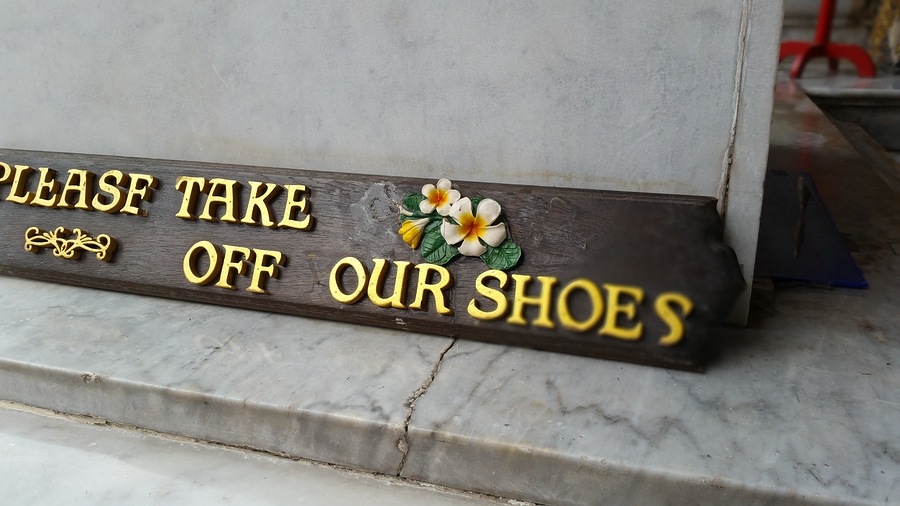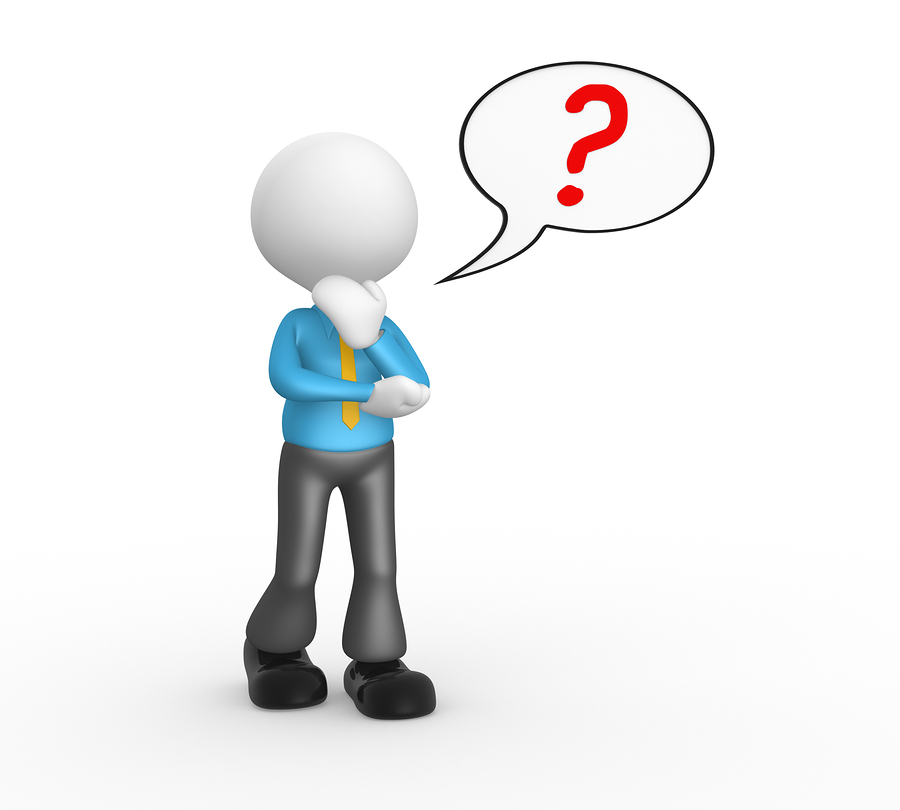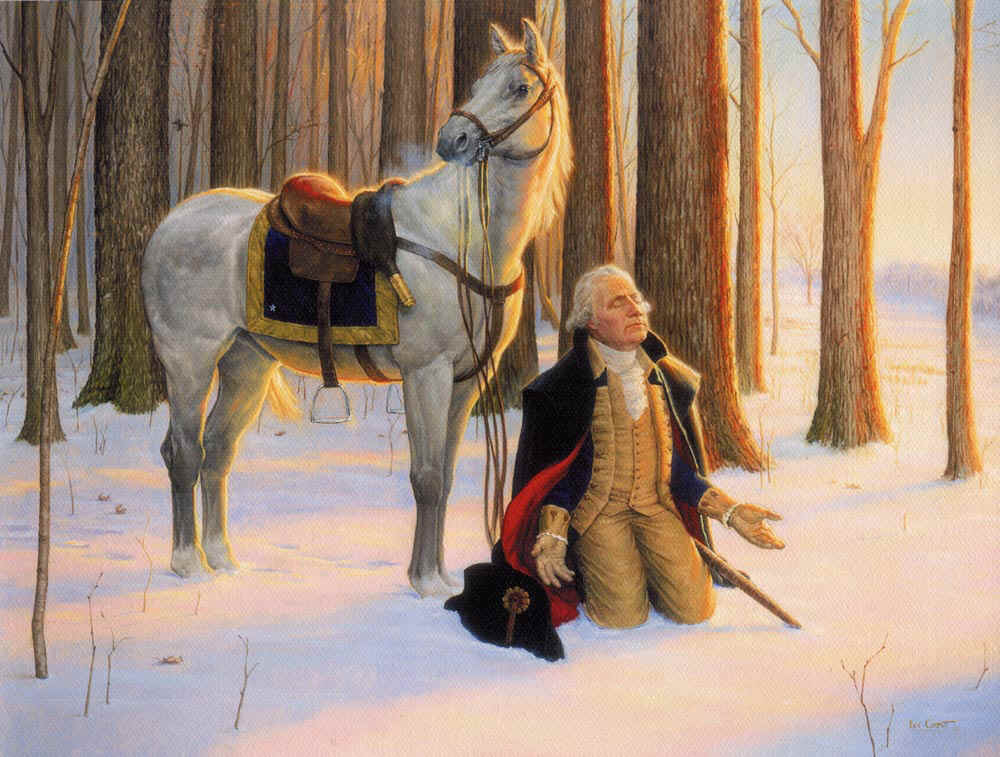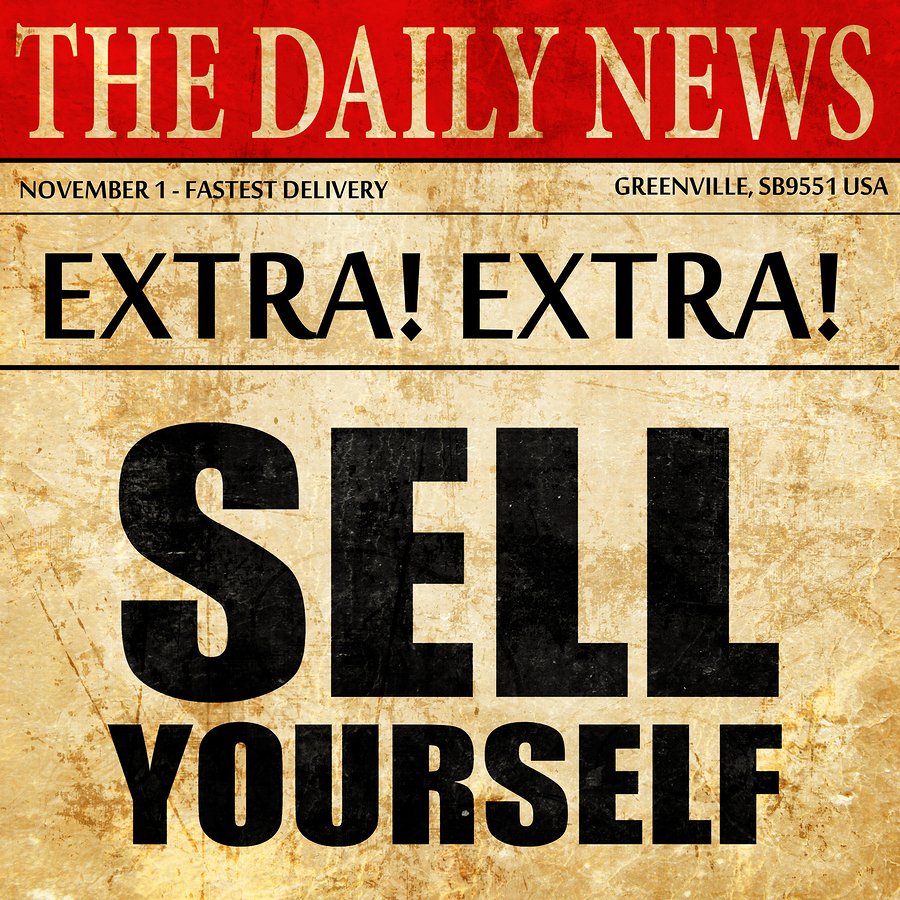Did you all read Steve’s post about Edgy Christian Fiction? An excellent post, and one that addressed vitally important issues for us as Christian who write. So why am I writing about it when Steve dealt with it so well. Because last night I experienced the ugly effects of edginess on characters I have enjoyed and loved.
First, let me say that I know my experience has nothing to do with entertainment written from a Christian perspective. It has everything to do with making established characters meet audience expectations.
True confessions: I’ve loved the whole X-Men franchise. Have all the movies. Love to watch them, in order, on those rare occasions I have a free day. Shoot, I read and collected comics as a kid. (Thor was my favorite, and when I sold my collection my senior year in high school, it financed my first year of college! But I digress…) I’ve enjoyed the action and wit, the good-against-evil, the community of heroes in the X-Men movies. And the fact that they’ve been PG-13. Yay! No language!
Th other night I decided to watch the most recent incarnation of one of my favorite X-Men, Wolverine. I checked the info on Logan, and was (not pleasantly) surprised to see it was R-rated. Hoping against hope that this rating didn’t mean what I feared it did, I started the movie. And bam! There were my beloved characters, including Charles Xavier, spouting the foulest obscenities in almost every sentence. And NONE of it was necessary! It didn’t add anything to the plot or the characters. My reaction?
Disappointment.
Disgust.
Anger.
Not just because they were swearing, but because, in the name of edginess and, I can only suppose, gaining a new audience, characters I loved, characters who I knew were flawed and emotionally tortured but whose flaws were always shown rather than “told” through gratuitous language and violence, were ruined. They’d become caricatures, not characters. It was like listening to a teenager spout f-bombs to seem more adult, but all it does is show just how immature they are. I turned the movie off after 10 minutes of foulness and ugliness.
So what’s my point? Simply this: using graphic language, violence, sexuality, religion—anything that you just stick in there in the name of making characters more “real,” is not craftsmanship. It’s giving in to what the world says is real. But I’m here to tell you that evil, true evil, is far more devious. Far more…dark.
Friends, forget being edgy. Instead, be a student of real people, real behaviors, yes, even real language. But get past what’s on the surface and dig deep. Look beyond the obscenities to see what’s burrowed into the soul. We’re all human. We’re all flawed in some way. And even those who long to follow God all too often fail. Show the failures. Show the faith. But do it by understanding what’s deep within.
And remember, characters who are so real they come off the page aren’t created through edginess. They’re crafted by letting us see inside them, showing us who they are through their actions, thoughts, expressions, body language, and so much more. Such characters will live and breathe. And their stories will hit your readers with an impact that “edginess” can’t ever hope to attain.










